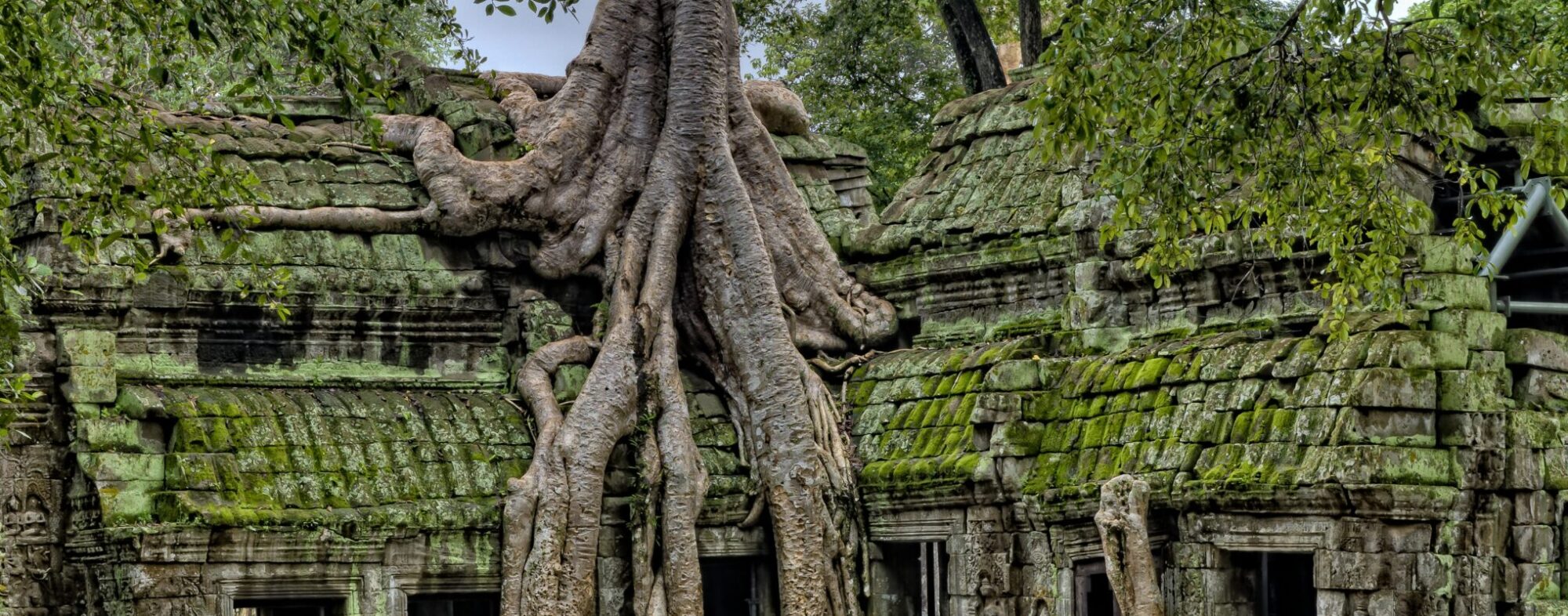Table of Contents
Week 1: Course overview, Introduction to Anthropology, Methods and Ethics
Chapter 3. Doing Fieldwork: Methods in Cultural Anthropology. In: Perspectives: An Open Invitation to Cultural Anthropology. Arlington: American Anthropological Association. http://perspectives.americananthro.org/
Week 2: Culture, Subsistence Strategies
Chapter 2. The Culture Concept. In: Perspectives: An Open Invitation to Cultural Anthropology. Arlington: American Anthropological Association. http://perspectives.americananthro.org/
Chapter 5. Subsistence. In: Perspectives: An Open Invitation to Cultural Anthropology. Arlington: American Anthropological Association. http://perspectives.americananthro.org/
Week 3: Political and Social Structure, Family and Kinship
Chapter 7. Political Anthropology: A Cross-Cultural Comparison. In: Perspectives: An Open Invitation to Cultural Anthropology. Arlington: American Anthropological Association. http://perspectives.americananthro.org/
Chapter 8. Family and Marriage. In: Perspectives: An Open Invitation to Cultural Anthropology. Arlington: American Anthropological Association. http://perspectives.americananthro.org/
Week 4: Gender, Sexuality, and Identity, Religion
Chapter 10. Gender and Sexuality. In: Perspectives: An Open Invitation to Cultural Anthropology. Arlington: American Anthropological Association. http://perspectives.americananthro.org/
Chapter 11. Religion. In: Perspectives: An Open Invitation to Cultural Anthropology. Arlington: American Anthropological Association. http://perspectives.americananthro.org/
Week 5: Biological Anthropology, Evolution
Openstax. Understanding Evolution. In: Biology 2e. Openstax CNX https://openstax.org/details/books/biology-2e
Week 6: Primates and Primate Behavior
Chapter 6. Primate Ecology and Behavior (1-22, 31-33). In: Explorations: An Open Invitation to Biological Anthropology. Arlington: American Anthropological Association. http://explorations.americananthro.org/
Canteloup, C., Hoppitt, W., & Waal, D. V. E. (2020). Wild primates copy higher-ranked individualsin a social transmission experiment. In: Nature Communications. https://www.nature.com/ncomms/
Supplemental Reading: Suntsova, M. V., & Buzdin, A. A. (2020). Differences between human and chimpanzee genomes and their implications in gene expression, protein functions and biochemical properties of the two species. In: BMC Genomics. https://bmcgenomics.biomedcentral.com/articles/10.1186/s12864-020-06962-8#citeas
Week 7: Early Non-Human Primate Evolution and Human Evolution
Openstax. Formation of New Species. In: Biology 2e. Openstax CNX https://openstax.org/details/books/biology-2e
Week 8: Early Human Evolution pt2., Modern Humans and Neanderthals
Whiting K., et al. (2018). Were Neanderthals Rational? A Stoic Approach. In: MDPI Open Access Journals. https://www.mdpi.com/
Week 9: Linguistic Anthropology
Chapter 4. Language. In: Perspectives: An Open Invitation to Cultural Anthropology. Arlington: American Anthropological Association. http://perspectives.americananthro.org
Bowling, L. D., et al. (2020). Rapid evolution of the primate larynx?. In: PLOS Biology. https://journals.plos.org/plosbiology/
Week 10: Development of Agriculture, Early City-States
Svizzero S. (2017). Persistent controversies about the neolithic revolution. In: MedCrave online. https://medcraveonline.com/
Week 11: Early City-States pt2., World System
Bishop, A. & Cartmill, A. E. (2020). The Body of Hierarchy: Hand Gestures on Classic Maya Ceramics and Their Social Significance. In: Cambridge University Press. https://www.cambridge.org/
Week 12: Race and Ethnicity, Global Issues
Chapter 14. Human Variations: An Adaptive Significance Approach (10-17). In: Explorations: An Open Invitation to Biological Anthropology. Arlington: American Anthropological Association. http://explorations.americananthro.org/



